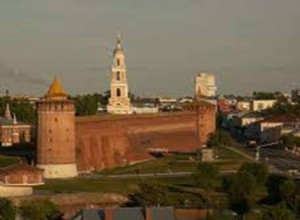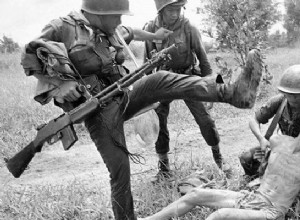In 1967, the Neuwirth law legalized contraception, but access to it remained difficult. On 27 May 1974, Valéry Giscard dEstaing was elected President of the Republic. From the start of his mandate, he wanted to carry out societal reforms. Abortion is illegal in France. Women who terminate pregnancy




